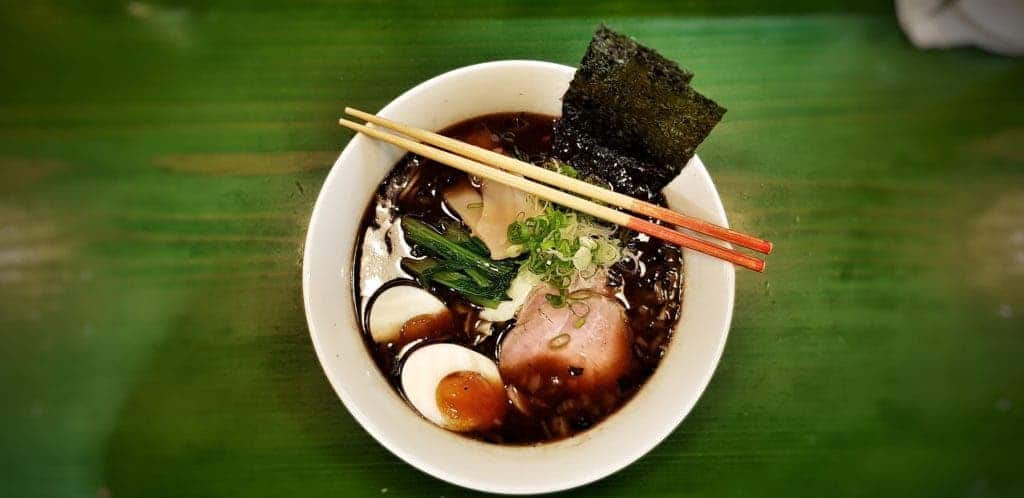Ramen could be bad for you, according to a new study.

Researchers at the Jichi Medical University report that the high level of sodium (salt) in ramen could increase your chances of having a stroke. The team tracked various types of restaurants and health data among different regions of Japan and found that areas with a high number of ramen shops record more deaths by stroke than other Japanese prefectures, but not more heart attacks. Do note that the study established a correlation between the two (i.e. there are more stroke victims in areas with more ramen shops), but not a causative one.
Noodles to die for
“The prevalence of ramen restaurants in Japanese prefectures has a significant correlation with the stroke mortality rate,” the study concluded.
Ramen is, in short, delicious. This broth-and-noodle mix served in a bowl is a Japanese take on a traditional Chinese dish, and is enjoyed by people around the world.
However, not all may be right amidst the flavors. The team aimed to examine the relationship between diet and certain health concerns, chiefly that of the risk of stroke, in Japan. They compared various types of cuisine and different regions of the country to health data and restaurant prevalence.
Four categories of restaurants were considered: ramen, fast food, French or Italian, and udon or soba (two other types of noodle dishes). For health data, the team obtained age- and sex-adjusted stroke and heart attack mortality rates for each Japanese prefecture from a 2017 national study.
All in all, prefectures with a high number of ramen shops tend to see more stroke deaths than other Japanese prefectures, but not more heart attacks. Tohoku (in the northern Kanto region) and the southern regions of the Kyushu island have higher stroke mortality than other areas in Japan, the team reports. The Kinki region and southern Kanto region have low stroke mortality rates, they add. This distribution correlates very well to the prevalence of ramen restaurants, the team explains. They believe the high sodium content of the dish helps promote stroke.
Take the findings with a pinch of salt (pun intended). The team couldn’t obtain detailed information on the diets of the stroke victims used in the study, so they can’t tell whether ramen is the culprit. What the team found here is a correlation, meaning they can tell that areas with more ramen shops experience more deaths by stroke, but not that they cause those deaths.
The authors highlight that ramen is a popular, traditional dish, and as such is enjoyed in homes, not just restaurants — which they could not factor into this study. Furthermore, instant ramen is a popular snack all over the world but was also not part of the study as it’s virtually impossible to track its sales. On the other hand, ramen has many components such as soy, tonkotsu (a broth made from simmered pork marrow or bone), miso, and salt; more research is needed to establish which of these components (if any) have a strong bearing on stroke risk. Side dishes usually served with ramen, such as dumplings and rice, further compound the issue.
“These side dishes may include confounding nutritional factors,” the scientists write.
The paper “Ramen restaurant prevalence is associated with stroke mortality in Japan: an ecological study” has been published in the Nutrition Journal.



